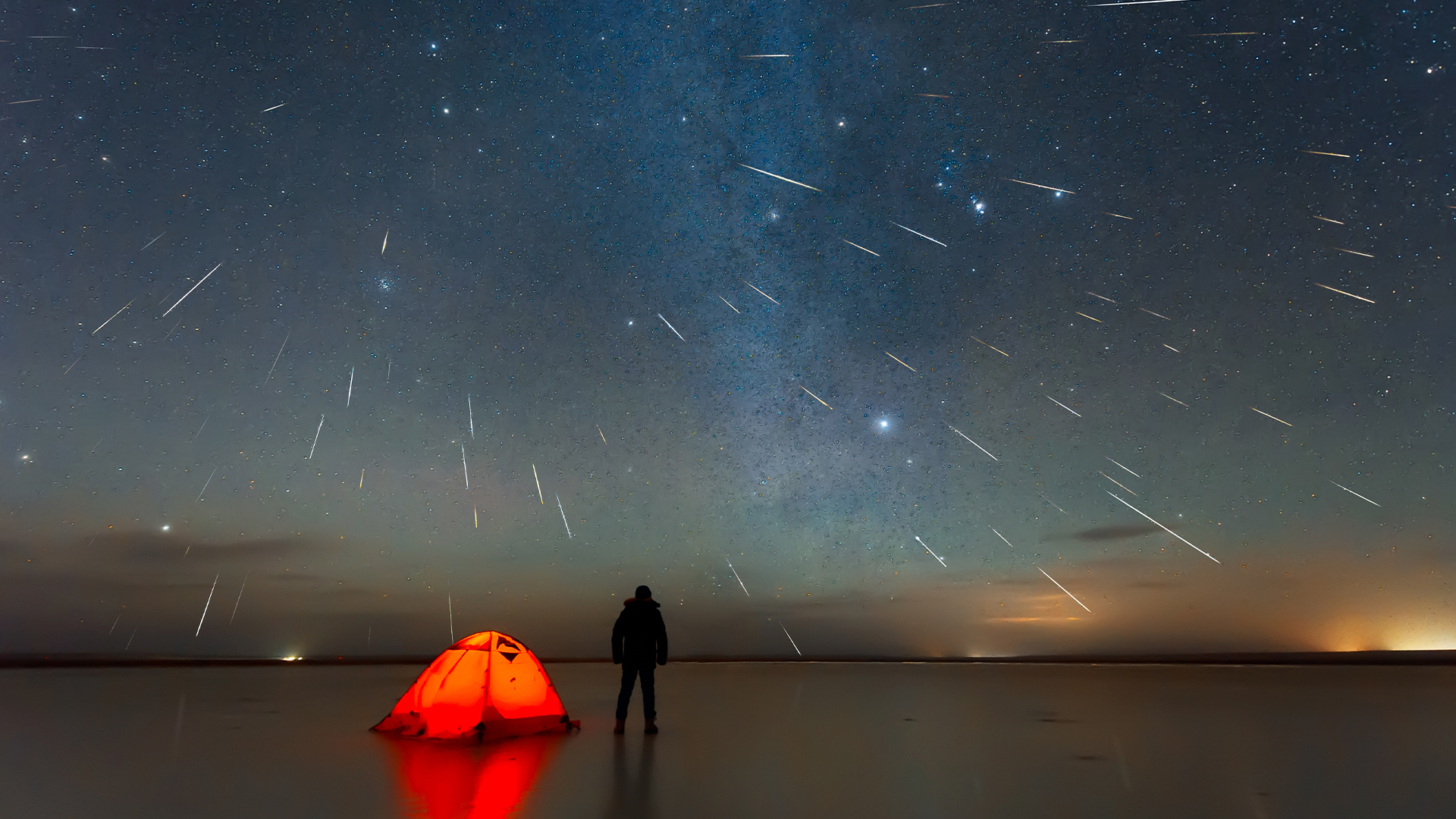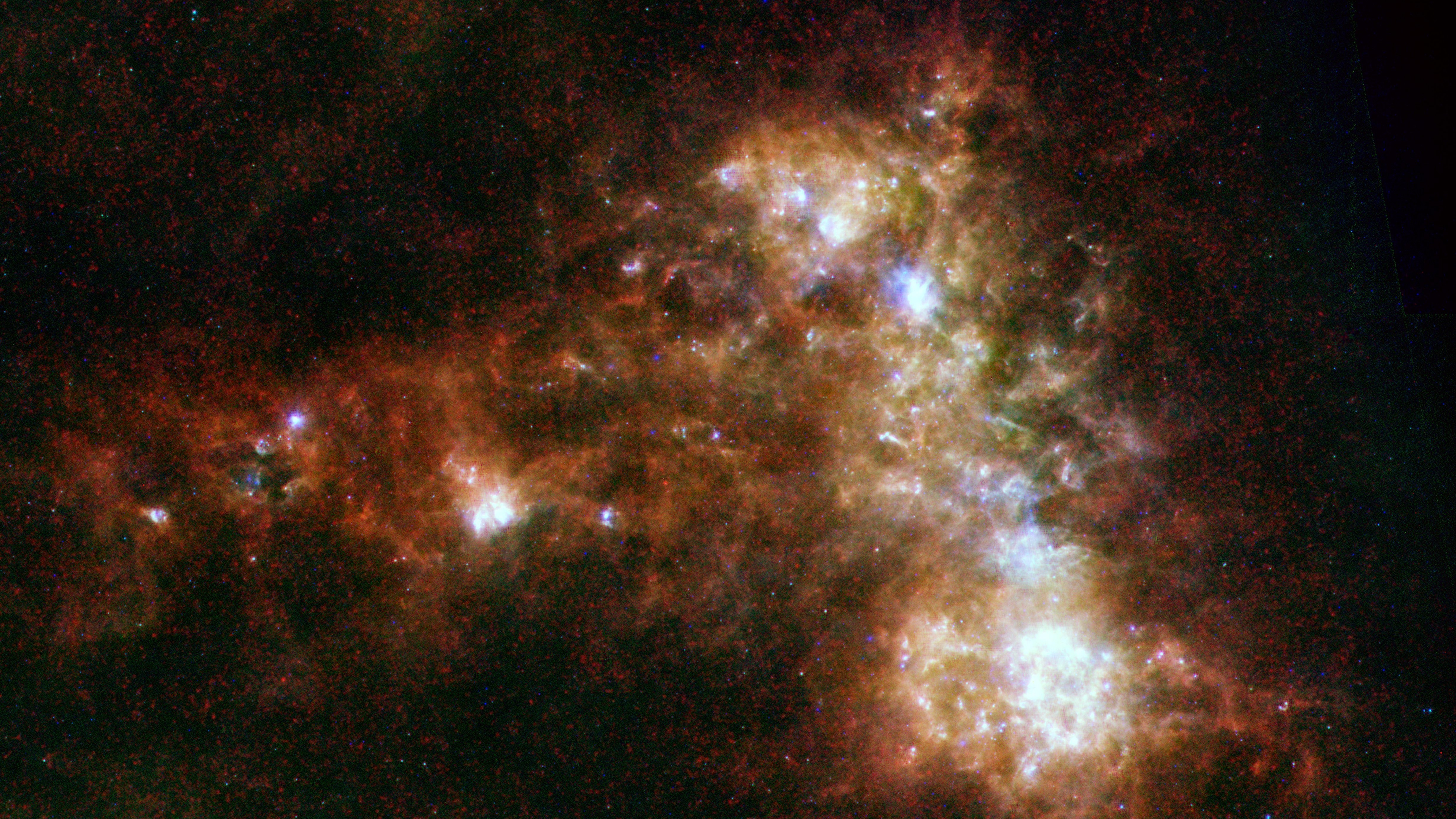What is a Hologram?
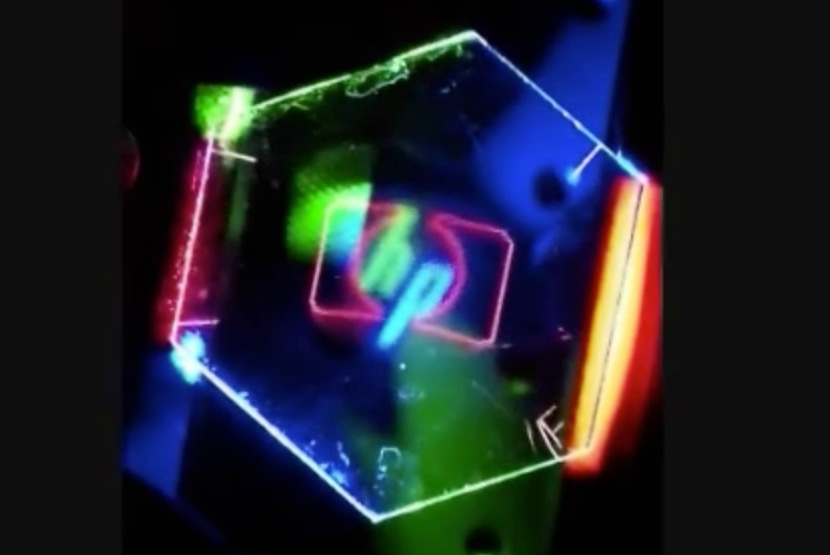
Holography is a photographic technique that records the light scattered from an object, and then presents it in a way that appears three-dimensional. Holograms pop up in movies such as "Star Wars" and "Iron Man," but the technology has not quite caught up to movie magic — yet.
Various types of holograms have been made over the years, including transmission holograms, which allow light to be shined through them and the image to be viewed from the side; and rainbow holograms, which are used for security purposes — on credit cards and driver's licenses, for example.
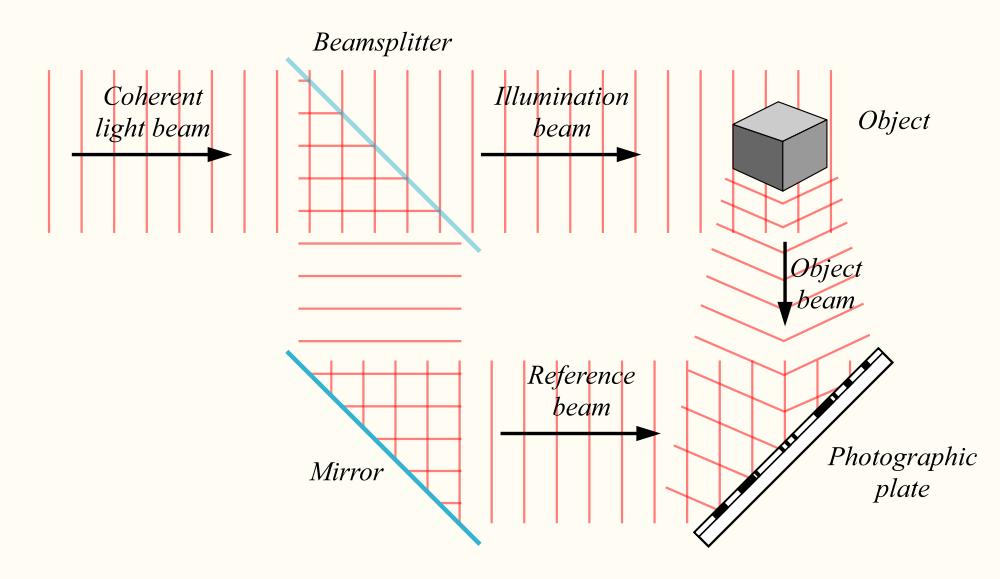
How holography works
To create a hologram, you need an object (or person) that you want to record; a laser beam to be shined upon the object and the recording medium; a recording medium with the proper materials needed to help clarify the image; and a clear environment to enable the light beams to intersect.
A laser beam is split into two identical beams and redirected by the use of mirrors. One of the split beams, the illumination beam or object beam, is directed at the object. Some of the light is reflected off the object onto the recording medium.
The second beam, known as the reference beam, is directed onto the recording medium. This way, it doesn't conflict with any imagery that comes from the object beam, and coordinates with it to create a more precise image in the hologram location.
The two beams intersect and interfere with each other. The interference pattern is what is imprinted on the recording medium to recreate a virtual image for our eyes to see.
The recording medium, where the lights converge, can be made up of various materials. One of the most common used with hologram creation is photographic film, with an added amount of light-reactive grains. This enables the resolution to be higher for the two beams, making the image look much more realistic than using the silver halide material from the 1960s.
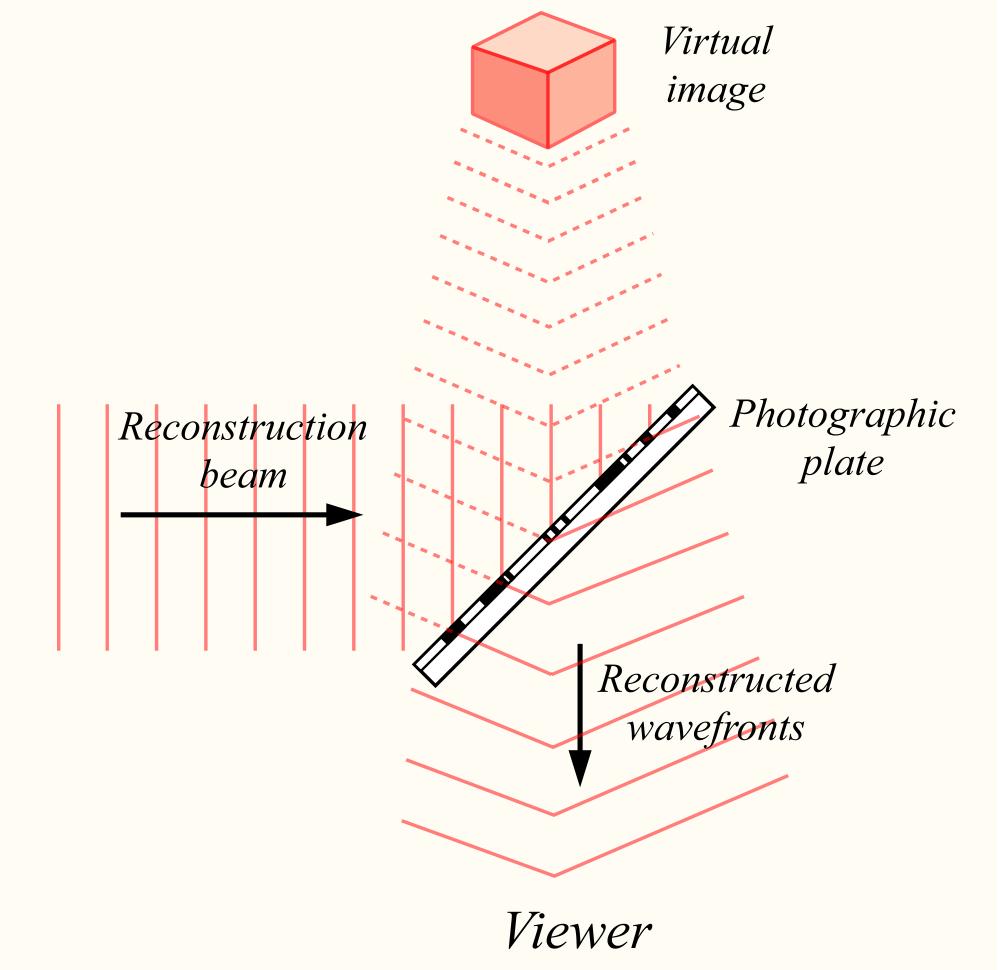
History of holography
The development of hologram technology started in 1962, when Yuri Denisyuk, in the Soviet Union, and Emmett Leith and Juris Upatnieks at the University of Michigan developed laser technology that recorded 3D objects. Silver halide photographic emulsions were used for the recording medium, though the clarity of said objects wasn't perfect at the time. But new methods involving the conversion of transmission with the refractive index allowed holograms to be improved over time.
Future of holography
For now, holograms are static. Recent presentations, such as CNN's special effect of a reporter appearing live from another location, and the late Tupac Shakur "appearing live" at a music festival, are not "true" holograms.
However, new holographic technology is being developed that projects 3D images from another location in real time. The images are also static, but they are refreshed every two seconds, creating a strobe-like effect of movement. The researchers hope to improve the technology over the next few years to bring higher resolution and faster image streaming.
And in March 2013, it was announced that a group of researchers from Hewlett Packard Laboratories has developed glasses-free, multi-perspective, 3D display technology for mobile devices.
Sign up for the Live Science daily newsletter now
Get the world’s most fascinating discoveries delivered straight to your inbox.




